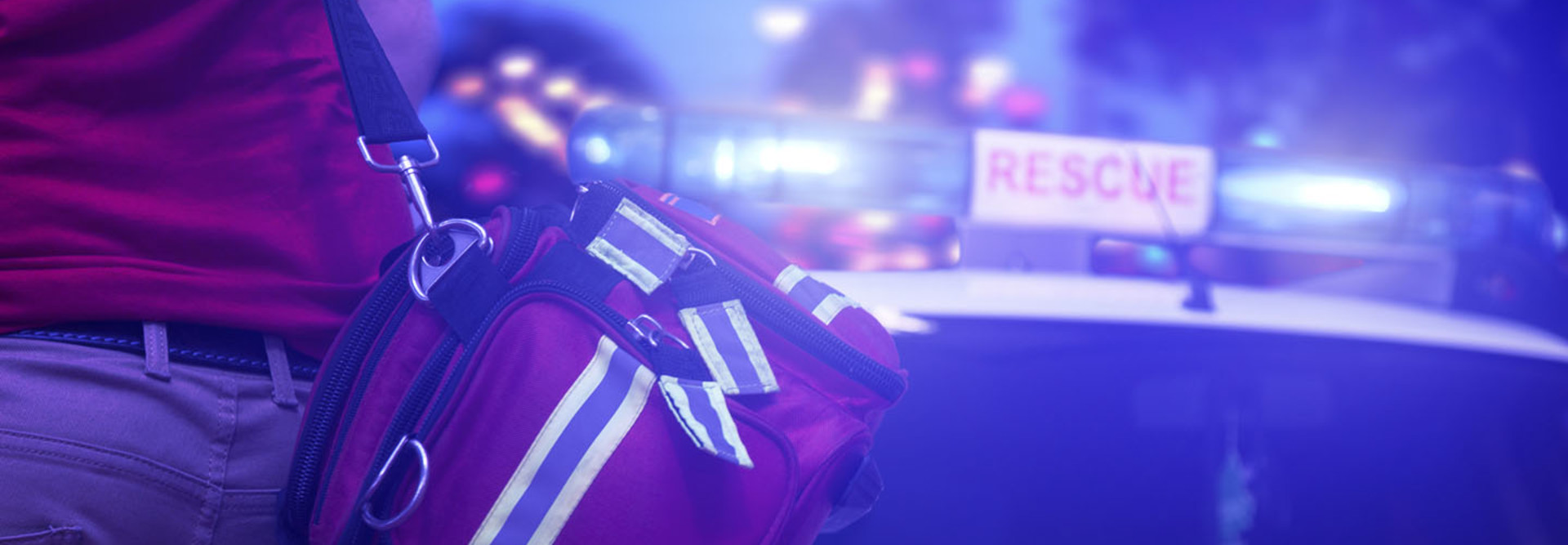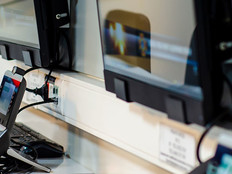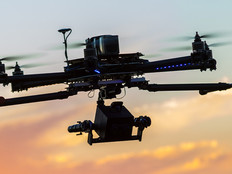States Seek a 21st-Century Upgrade to 911 Infrastructures
As vital as 911 systems are to a city and its citizens, aging systems and vulnerabilities to attack are seemingly putting 911 call centers on shaky ground.
Most recently, Portland, Ore., was called out by investigators in a report that found that its Bureau of Emergency Communications was misreporting hold times for callers and excluding the longest waits from its statistics. While the national standard is to have 90 percent of calls answered within 10 seconds, the report found that just 30 percent of calls were being answered within that time limit.
The bureau has been bogged down for years by crippling staff shortages and outdated infrastructure. But as a result of the report, it’s moving to implement technological advancements, putting in place a new system that will allow operators to see where a call is coming from before they answer. This new ability will hopefully prevent operators from answering multiple calls about the same emergency, streamlining their answering process.
"The new system will let us see a cluster of calls," Laureen Paulsen with the Bureau of Emergency Communications, tells KATU News. "We can see once we answer the call where it’s coming from but we can't see where the calls that are behind it might be coming from."
While Portland is the latest to make headlines about slipping 911 infrastructures, cities across the country are experiencing similar issues. Dallas, for example, is in the midst of upgrading to a Next Generation 911 system after facing criticism and staffing shortages earlier this year. The city has invested nearly $10 million in technology and software that aims to address these issues and cut wait times for callers, NBC reports.
SIGN UP: Get more news from the StateTech newsletter in your inbox every two weeks
Cyberattacks Threaten 911 Call Centers
Alongside staff shortages and aging infrastructure, new threats are emerging.
In March, a paper released by Ben-Gurion University highlighted that attackers can exploit the cellular network protocols in order to launch an anonymized distributed denial of service (DDoS) attack on governments’ 911 systems.
“Fewer than 6,000 smartphones infected with malicious software could cripple the 911 system in an entire state for days. By directing phones to call all at once, the 911 systems would be overwhelmed and operators would be unable to answer legitimate calls,” the Wall Street Journal reports.
The report also draws attention to an attack last October that was caused by a malicious link that overwhelmed call centers in at least a dozen states for at least 12 hours.
“An attacker can cause 33 percent of the nations’ legitimate callers to give up in reaching 911,” Ben-Gurion University researchers wrote in the paper, which they passed to the U.S. Department of Homeland Security.
A bill currently in the works could help to close gaps for cyber and DDoS attacks, however. The new legislation would look to push funding to upgrade systems, develop technical standards, increase procurement support for localities and train personnel on cybersecurity best practices, CyberScoop reports.
Localities Zero In on Next-Generation 911 Capabilities
For now, in the face of growing threats and aging infrastructures, many localities, like Sweetwater County, Wyo., which has adopted Smart911 technology to provide dispatchers with more detailed information during emergencies, are taking the chance to innovate 911 technology.
In Chicago, the city is upgrading its 911 call center with a dispatch system that will deliver texts, images and videos to first responders, StateScoop reports.
Melissa Stratton, a city spokesperson, told the site:
In general, the more data and information we can provide to call takers, dispatchers and other first responders, the better situational awareness they have. On the call taking and dispatch side, that situational awareness can go a long way in allowing someone to triage a situation without actually being there, making better use of the critical time between call intake and first responder arrival.
This technology will not only provide additional data to those in the field, but it will also give them more time to prepare before arriving on a scene. The city is following in the footsteps of New Jersey, which is also pursuing media-rich 911 capabilities alongside shoring up its infrastructure and improving interoperability in the system. Last year, the state launched text-to-911 capabilities meant to extend emergency services to the hearing impaired or those unable to speak, StateScoop reports.
Going forward, New Jersey Chief Technology Officer Dave Weinstein told the site that the state will look to continue innovating its 911 offerings in order to keep pace with citizen expectations.
“Big picture, in the next five to 10 years, you're going to see major differences in the ways that citizens interact with law enforcement and it's going to be more mobile, it's going to be more visual, and next-gen is going to help us get there,” Weinstein said.









